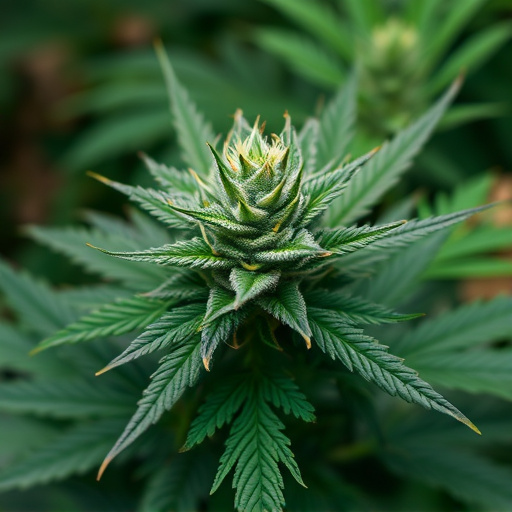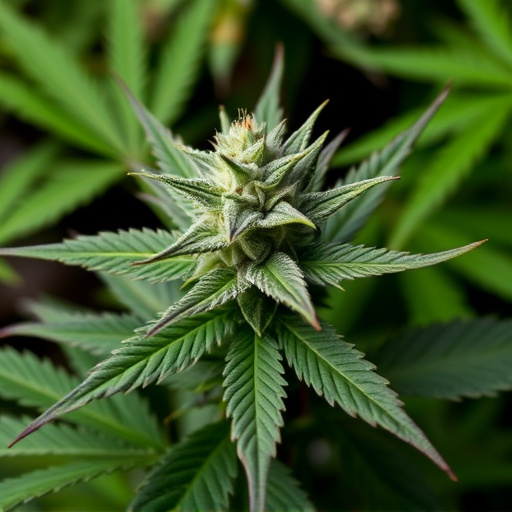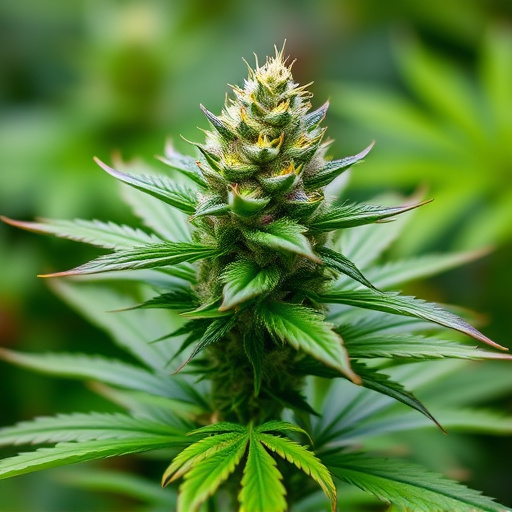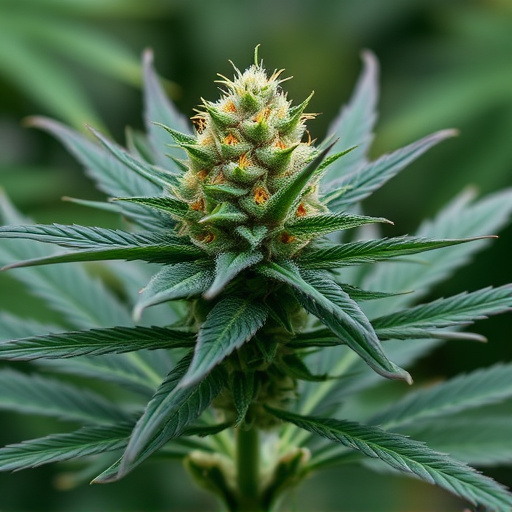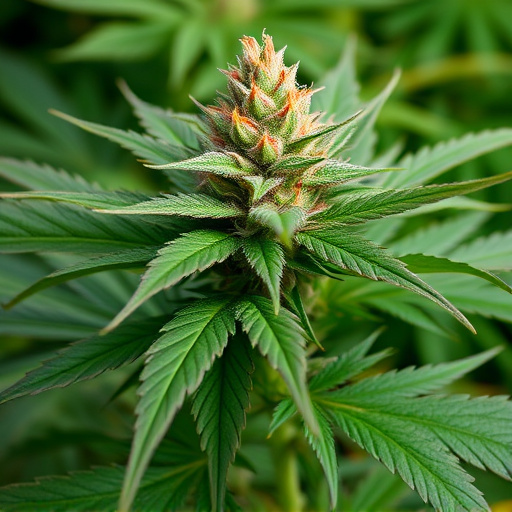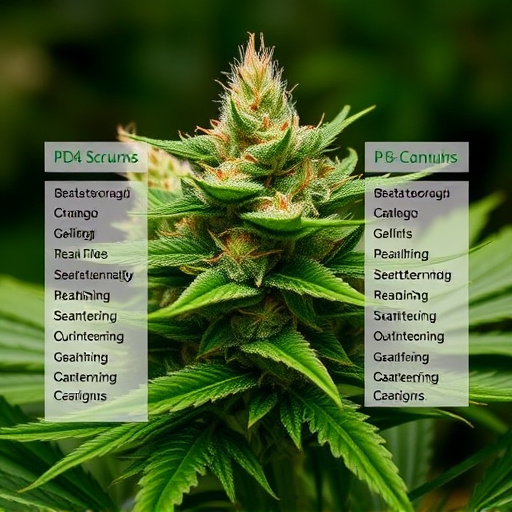The potency and unique effects of the best medical cannabis strains are determined by their genetic composition and terpene profile, which work synergistically through the entourage effect. Users can select strains tailored to their needs, with high CBD offering anti-inflammatory benefits and elevated THC providing pain relief and muscle relaxation. Terpenes further customize the experience, affecting mood and enhancing cannabinoid effects. Personal biology, particularly sensitivity to cannabinoids, significantly influences cannabis effects. Environmental conditions and consumption methods, such as smoking or edibles, also play a role in determining the desired outcomes of the best medical cannabis strains.
“Discover the multifaceted world of cannabis effects, where a myriad of factors intertwine to create unique experiences. From genetic composition and terpene profiles that define the potency of top medical cannabis strains, to individual biological variations and environmental influences—each plays a pivotal role. Understanding these elements is key to unlocking the full potential of medicinal cannabis. Explore how these factors shape the plant’s effects, guiding users towards personalized, effective treatment options.”
- Genetic Composition and Terpene Profile: Unlocking the Potency of Best Medical Cannabis Strains
- Individual Biology and Cannabinoid Receptor Sensitivity
- Environmental and Consumption Methods: Their Role in Shaping Cannabis Effects
Genetic Composition and Terpene Profile: Unlocking the Potency of Best Medical Cannabis Strains
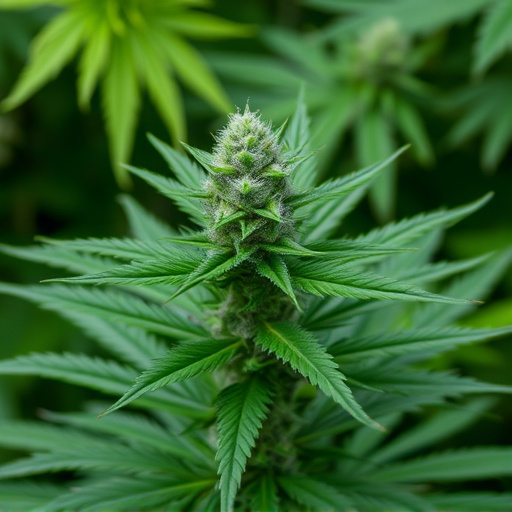
The genetic composition and terpene profile of cannabis plants are key factors that determine the potency and unique effects of best medical cannabis strains. Each strain carries its own distinct combination of cannabinoids, such as THC and CBD, along with a wide array of terpenes—natural compounds responsible for the plant’s aroma and flavor. These chemical components work synergistically, creating what is known as the entourage effect, where the whole becomes greater than the sum of its parts.
Understanding a strain’s genetic makeup allows medical users to choose the best option for their specific needs. Certain strains have been bred specifically for high CBD content, offering anti-inflammatory and anxiolytic benefits without the intoxicating effects of THC. Conversely, other strains boast elevated THC levels, providing potent pain relief and muscle relaxation. Terpenes further customize the experience by influencing mood and enhancing or mitigating the effects of cannabinoids, making some strains ideal for relaxation, while others stimulate energy and focus.
Individual Biology and Cannabinoid Receptor Sensitivity
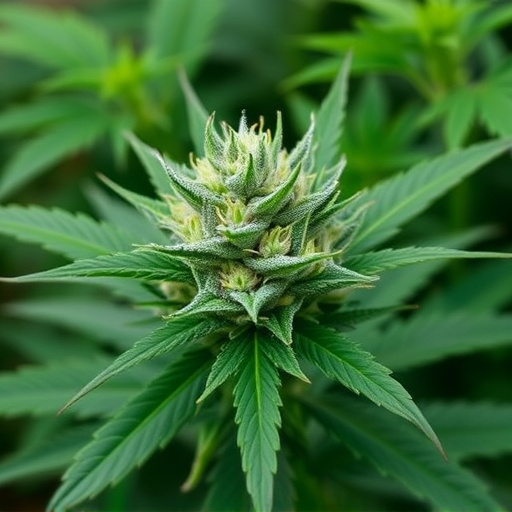
The effects of cannabis can vary greatly from person to person, and a significant factor in this variability is individual biology, particularly sensitivity to cannabinoids. Cannabinoid receptors are found throughout the human body, with the endocannabinoid system playing a crucial role in regulating mood, memory, pain perception, and appetite. Sensitivity to these receptors influences how an individual responds to cannabis compounds like THC (tetrahydrocannabinol) and CBD (cannabidiol). Genetic predispositions can make some people more or less susceptible to cannabis’s psychoactive effects, including anxiety, euphoria, and relaxation.
Understanding one’s unique biological makeup and the interplay with cannabinoids is essential when considering the best medical cannabis strains for specific conditions. Different strains vary in their cannabinoid profiles, offering a range of therapeutic benefits tailored to individual needs. By recognizing personal sensitivities, patients can make informed choices about which strains may provide the most effective relief, ensuring a safer and more beneficial experience with medical cannabis.
Environmental and Consumption Methods: Their Role in Shaping Cannabis Effects
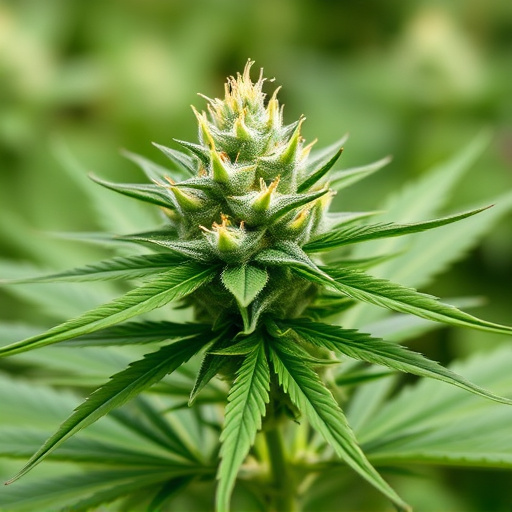
The environmental factors where cannabis is grown and the consumption methods employed can significantly shape its effects. For instance, different strains, often considered the best medical cannabis strains, can have varied compositions of cannabinoids like THC and CBD, as well as terpenes. These chemical compounds contribute to the plant’s aroma, flavor, and potential therapeutic benefits. Terpenes, in particular, can enhance or alter the effects of cannabinoids, offering a more nuanced experience.
Consumption methods also play a crucial role. Smoking cannabis through methods like joints or vaporizers delivers cannabinoids rapidly into the bloodstream, leading to quicker, more intense effects. In contrast, edibles take longer to kick in but offer a more prolonged high. Different consumption methods cater to individual preferences and desired outcomes, whether seeking rapid relief or a milder, more gradual experience with best medical cannabis strains.
Understanding the multifaceted factors that influence cannabis effects is key to harnessing its full potential, especially for medicinal purposes. From a strain’s unique genetic composition and terpene profile, which determine its potency, to individual biological variations in cannabinoid receptor sensitivity, each plays a crucial role in how we perceive and benefit from cannabis. Furthermore, environmental conditions and consumption methods significantly shape the overall experience, underscoring the importance of tailored approaches for optimal therapeutic outcomes with best medical cannabis strains.





